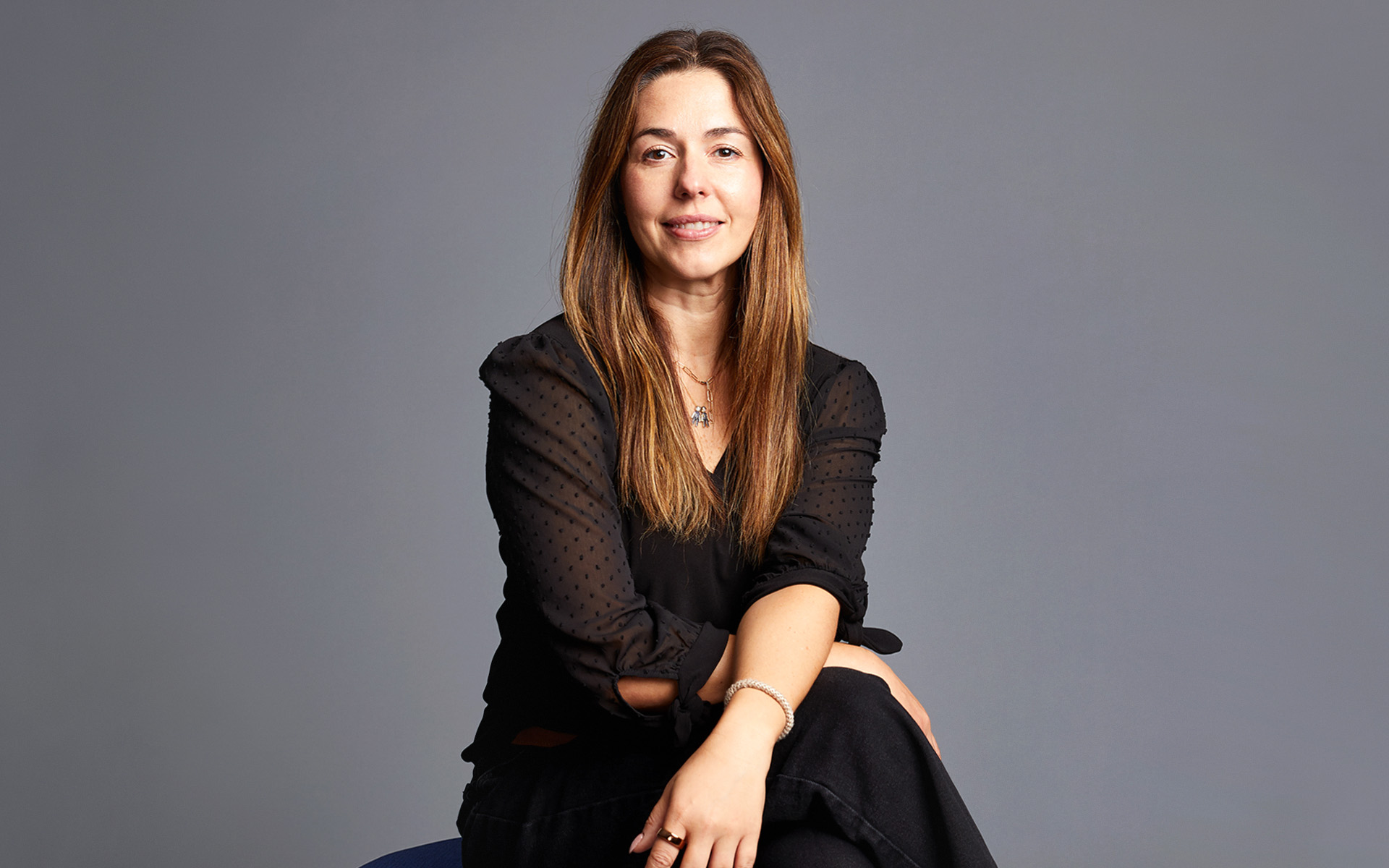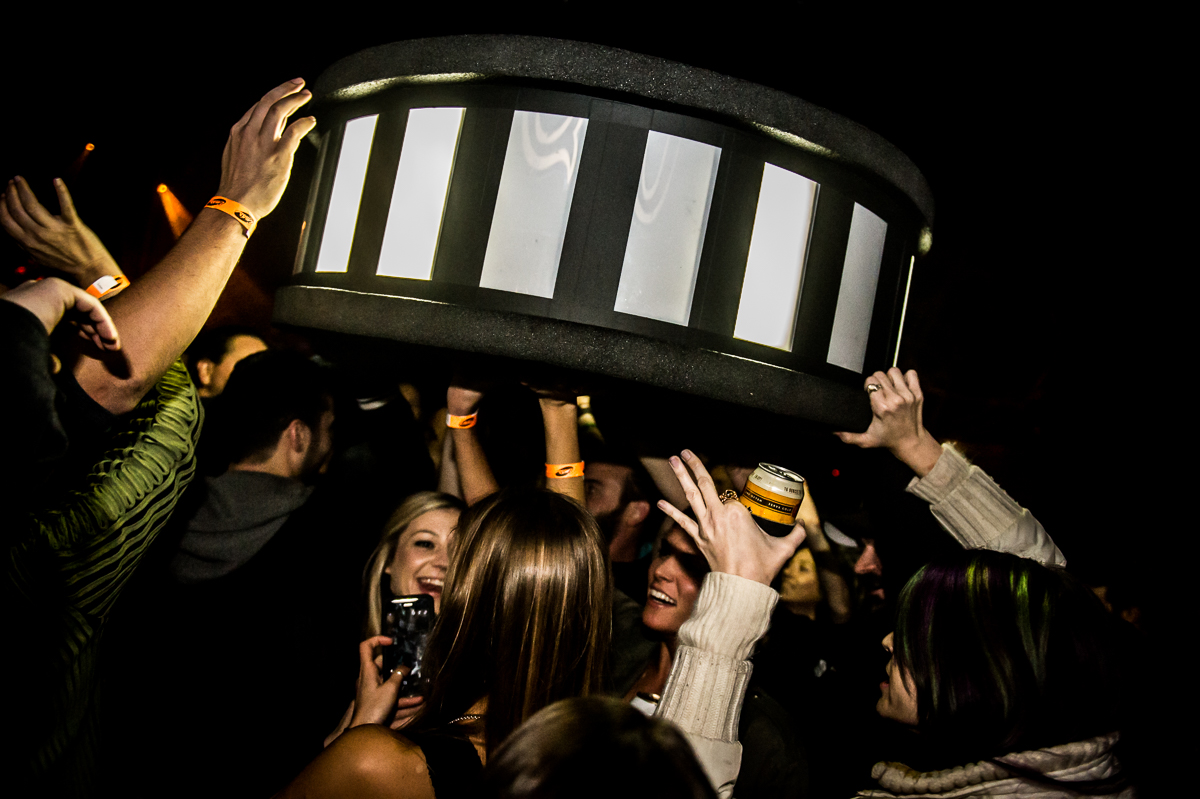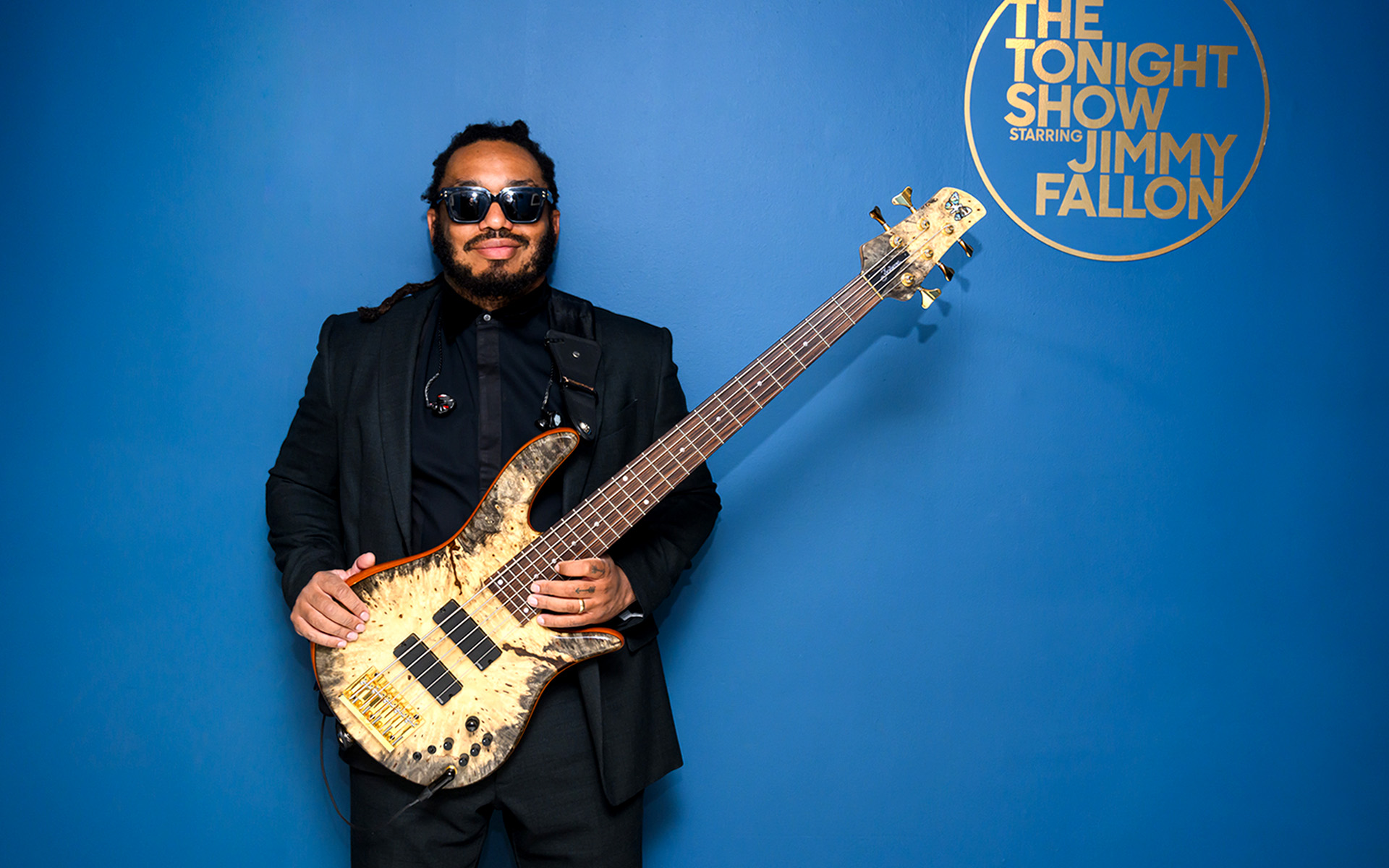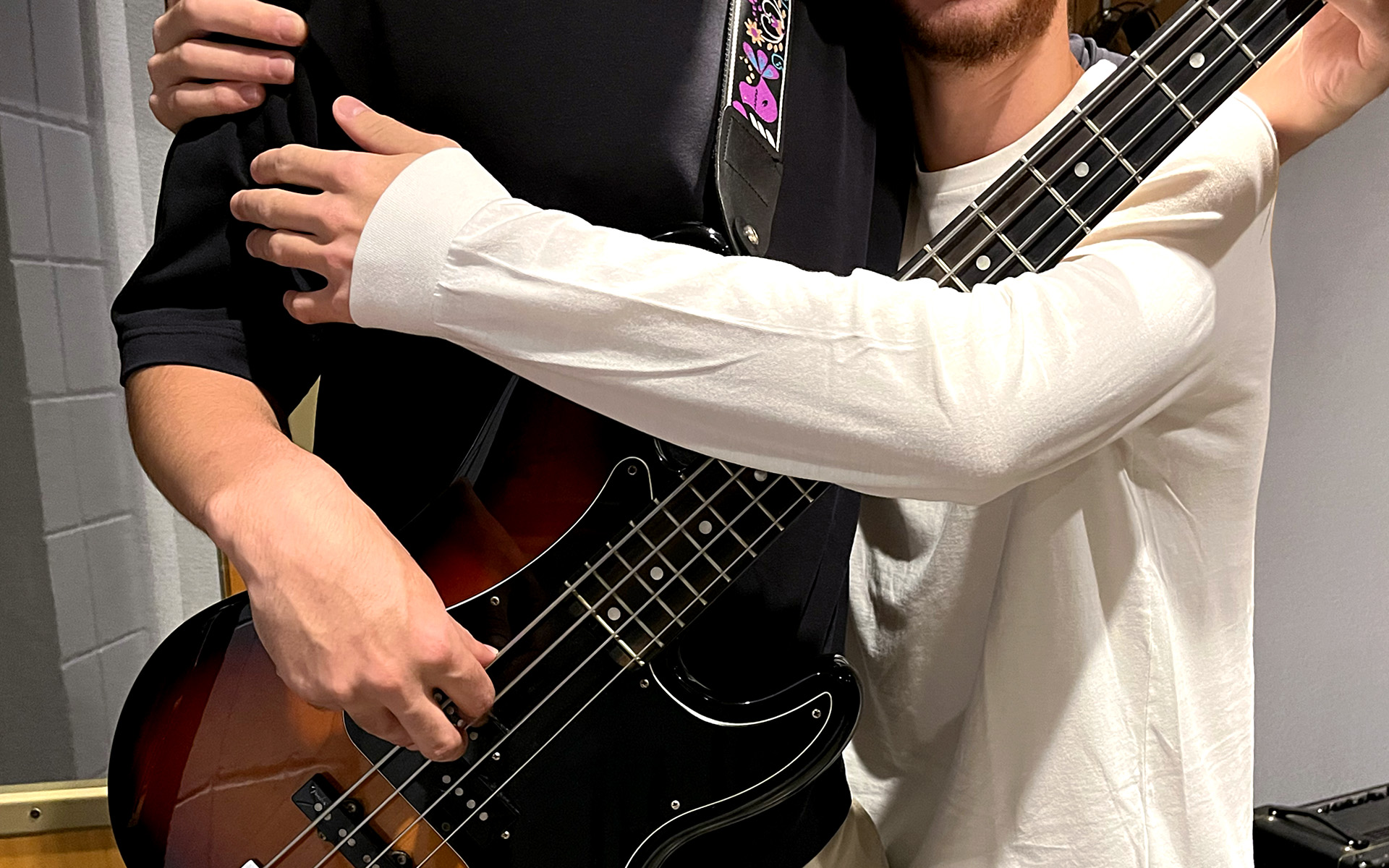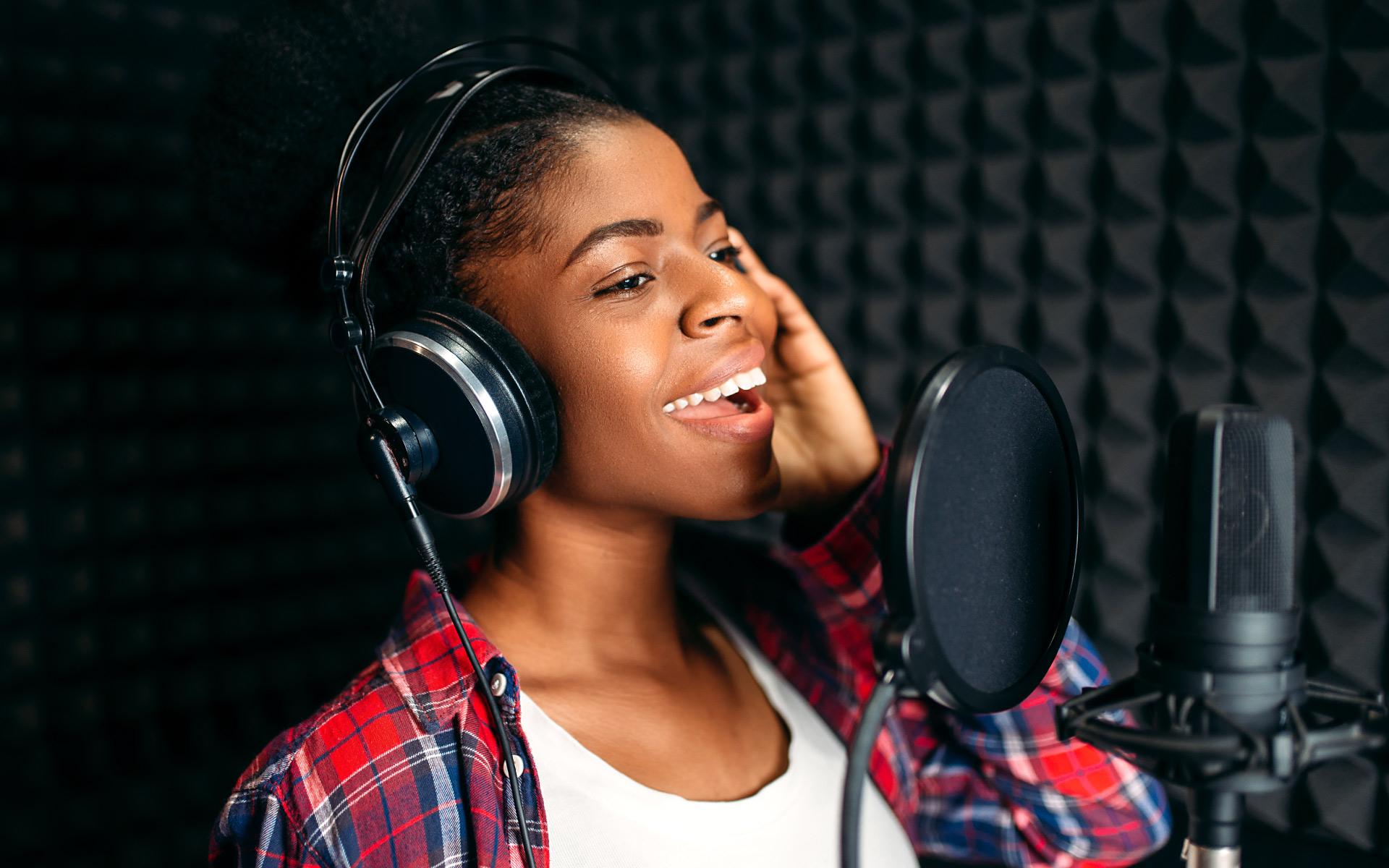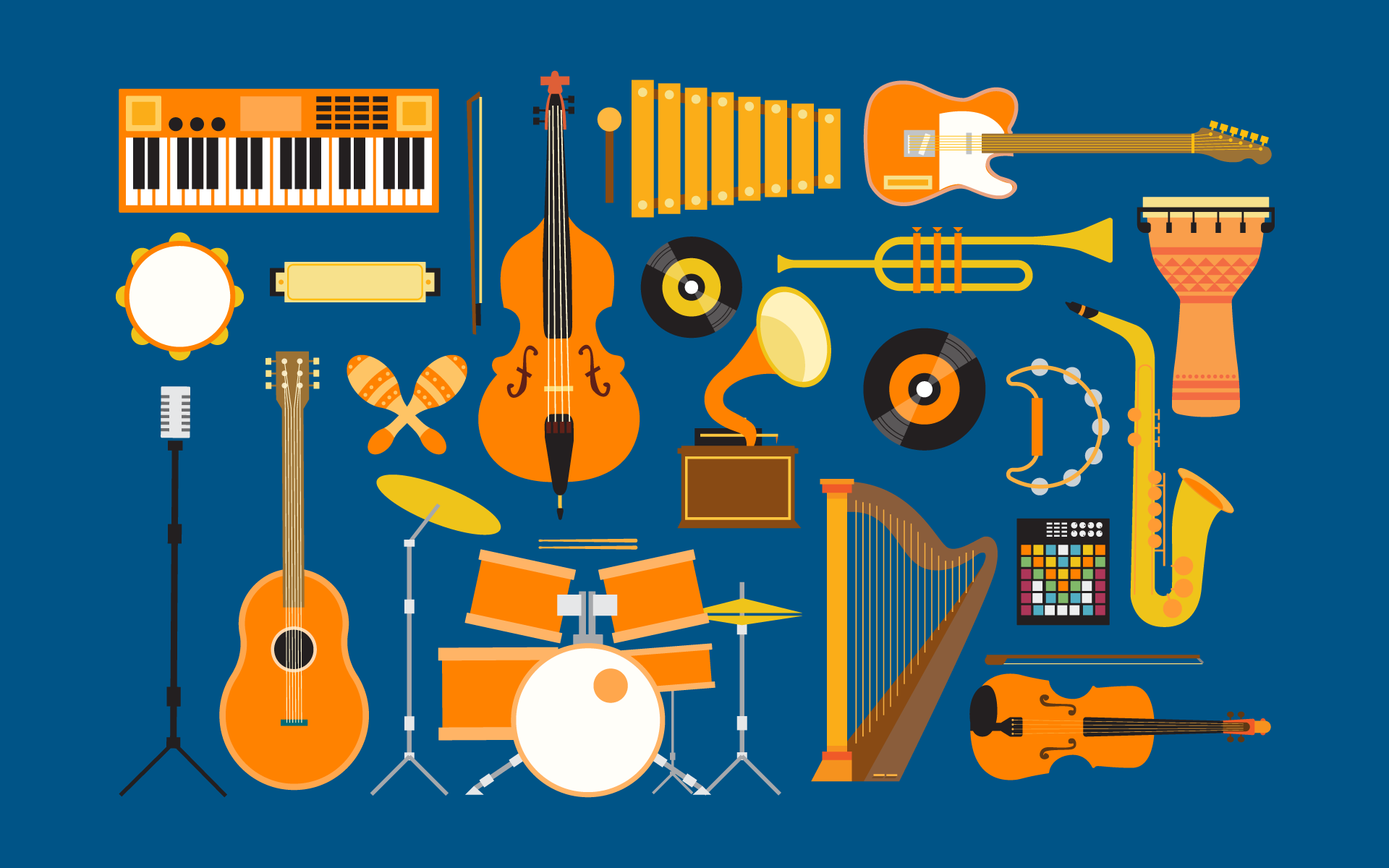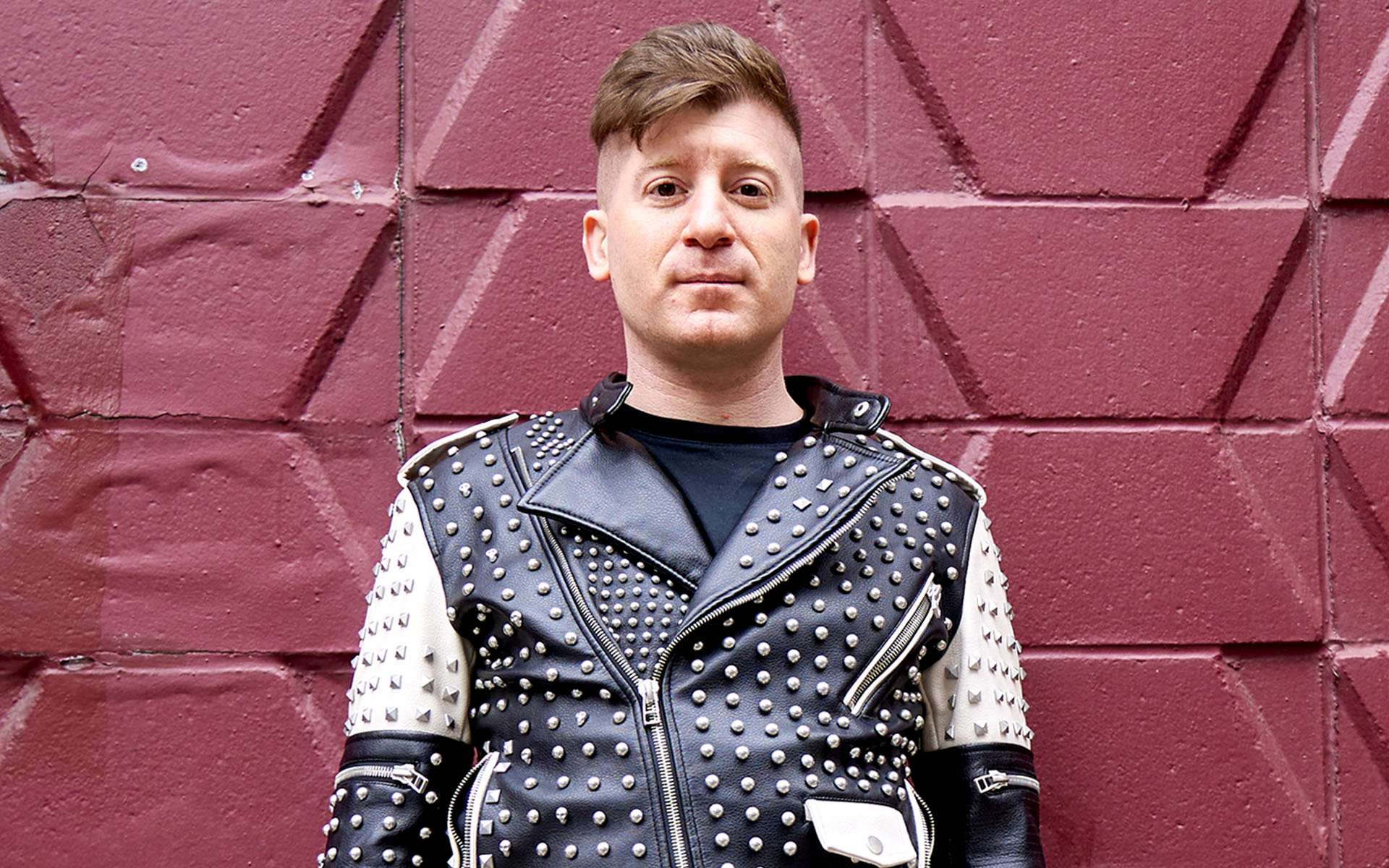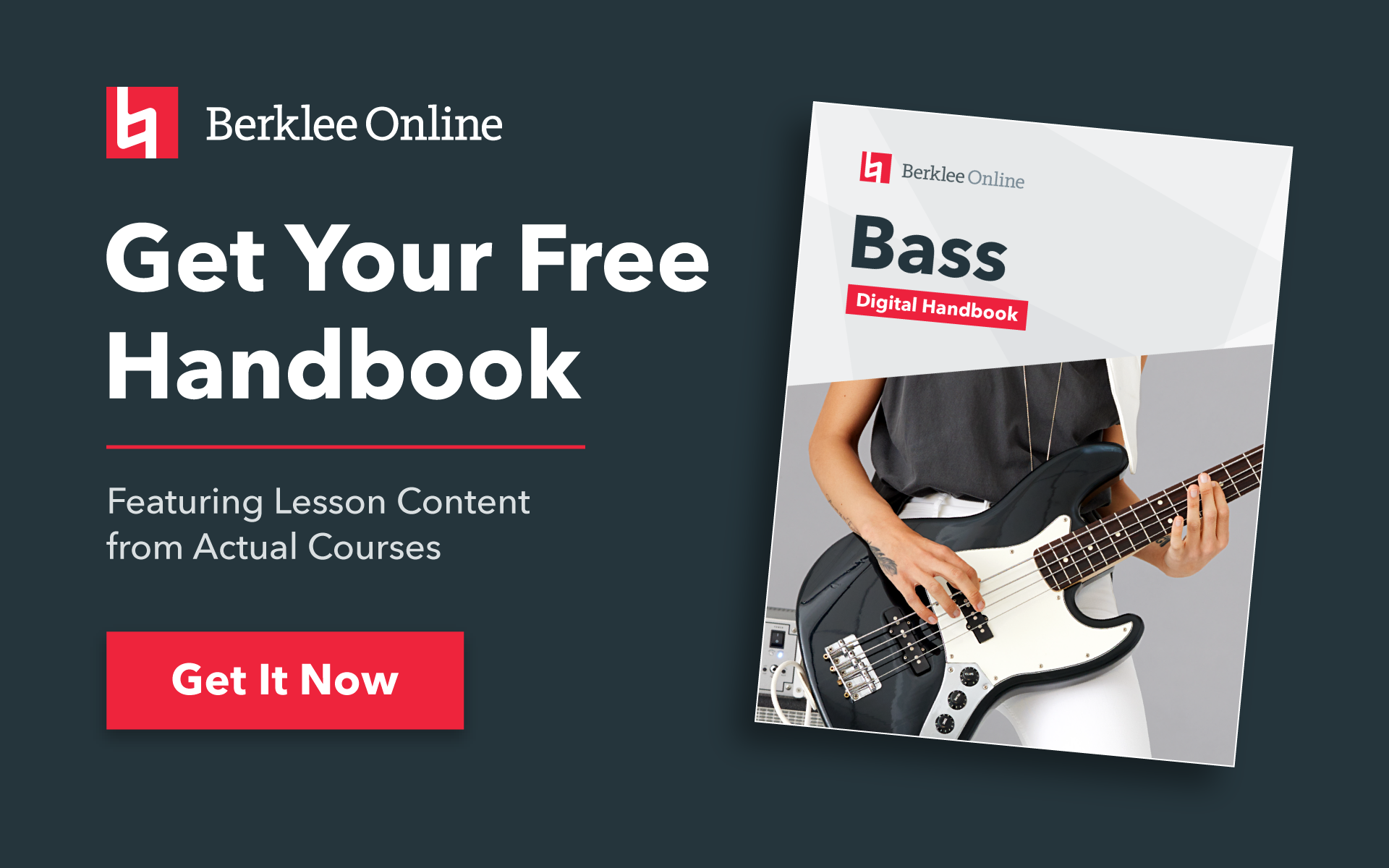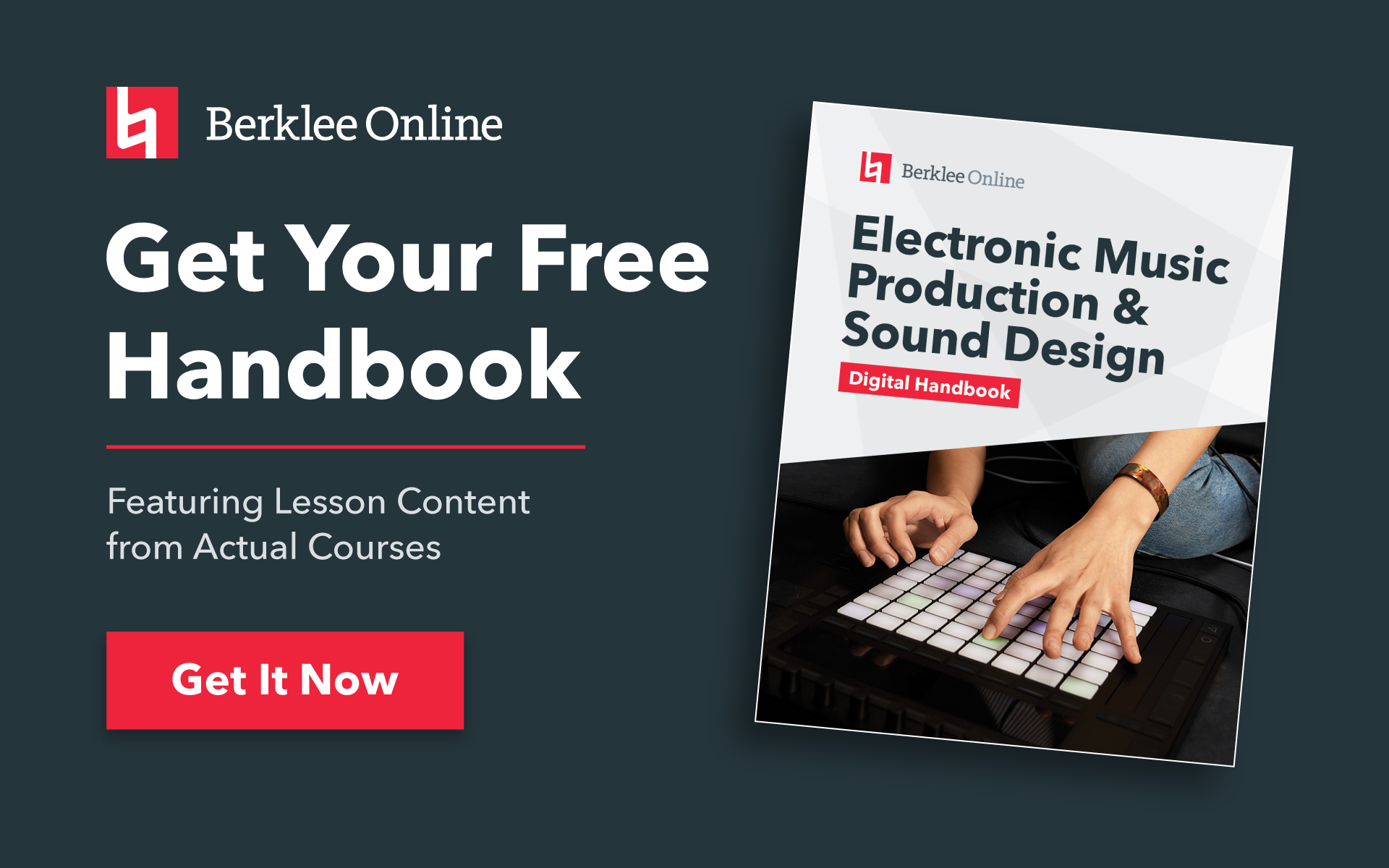Berklee associate professor Loudon Stearns ’01 began his relationship with Mike Gordon the same way that many in his generation did, as a fan. But when the Phish bassist reached out to Stearns to get help using Ableton Live, the tutorial sessions quickly turned into a solid friendship that eventually culminated in the realization of a shared dream to create what is arguably the most interactive concert technology available today.
“He’s one of my favorite bass players in the world,” says Stearns of Gordon, and over the next several months following that initial email, Gordon would become quite a fan of Stearns’ work as well.
“I can’t say enough about Loudon,” says Gordon. “In so many different ways he’s become a really good friend and a mentor, actually.”
The initial impetus for Gordon to contact Stearns was for assistance with a songwriting project using Ableton Live, something Stearns is well-versed in, having authored two courses on the program for Berklee Online. But twice-weekly Skype sessions about Ableton turned to larger discussions about music, family, life, and the things that really matter.
“We just had a very personal relationship, so he started opening up more and more about the things he was trying to achieve, his philosophy on music and composition, and interaction,” recounts Stearns. “He would tell me about all the other things he was doing. He told me about The EEL and I was so curious about it.”
This EEL that Stearns was so curious about was a 30-foot interactive instrument that lay at the lip of the stage at Gordon’s solo shows. For a few moments during each show, The EEL would light up, and fans in the front few rows would touch the keys instinctively, creating sounds and in essence jamming with the band.
WATCH: The EEL on tour from john cohn on Vimeo.
“I had read comments online about The EEL,” says Gordon, “where occasionally people would say, ‘This has been one of the most mind-blowing nights of my life because I didn’t know I was going to get to play with the band, from the audience.’”
The device was so big and elaborate that it needed a specific crew member just to tend to it. Gordon says the fans loved The EEL, but he wasn’t quite satisfied.
“For one thing, only the front row could see The EEL because it had to be low enough that they could play it,” he says.
Gordon had been working on modifying The EEL in a way that more fans could get their hands on. He would put together conference calls with tech and design friends who had day jobs at places like IBM and Disney, and he eventually invited Stearns to hop on the line.
“It’s Loudon that had the vision to take all these different people’s knowhow and all of the constraints and needs for the project—the deadlines and the budget and all that—and make it all happen,” says Gordon. “The EEL took, I would say, two years of planning and two years of construction, at least. It was at least four years, total, and Loudon had about six months [to modify it].”
Stearns also brought to the table his knowledge of Ableton Live, which factored heavily into the mechanics of the new version of The EEL.
“I wanted to use Ableton for everything I could, so that someone that knows Ableton at all could figure it out and could edit it and troubleshoot it onstage, or at front of house,” says Stearns. “So all I did was I wrote a very small Max for Live patch that converts the 20 [light-up keys] into MIDI notes.”
The result was a more portable model that isn’t constrained by its anchor to the stage. Shaped like a three-foot flying saucer or a film reel, the group logically dubbed the second iteration The REEL. The first night on the tour, in Austin, Texas, the crew sent The REEL into the crowd, walking it around, as they were afraid that the 45-pound instrument might be too heavy to crowd-surf without a chaperone. And to make sure that the crowd wouldn’t hit any bum notes, Gordon controlled the key of the instrument with foot pedals, and the sound engineer controlled the beat by tapping the tempo from the club’s sound booth. Stearns traveled to Texas to make sure the crowd got The REEL thing.
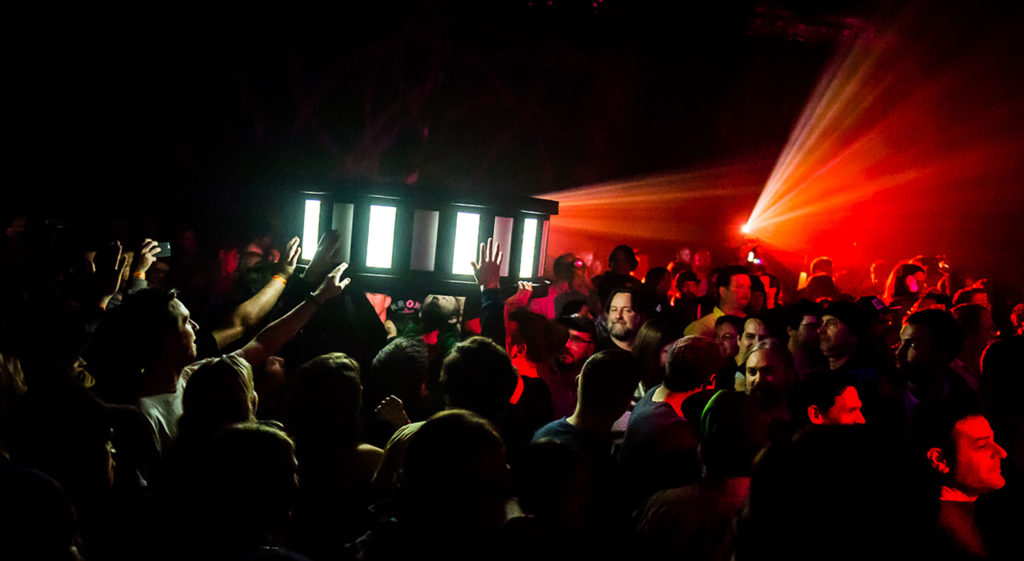
“I was right next to the sound guy,” Stearns recounts. “Over the weeks, we had a good relationship. When things started moving, I was on my phone and was like, ‘Oh my God, it works!’ I’m hugging him, taking shaky cellphone pictures. I forgot to synchronize the tempo, but it didn’t matter. It worked. That was a big moment. The crowd was like, ‘What is this thing?’ Now they understand and they know how to deal with it, but the first time they didn’t know what was going on. They were touching it really gently. You have to hit it with your whole hand to get it going. I’m like, ‘Hit it hard!’”
Gordon says the results were everything he had dreamed of.
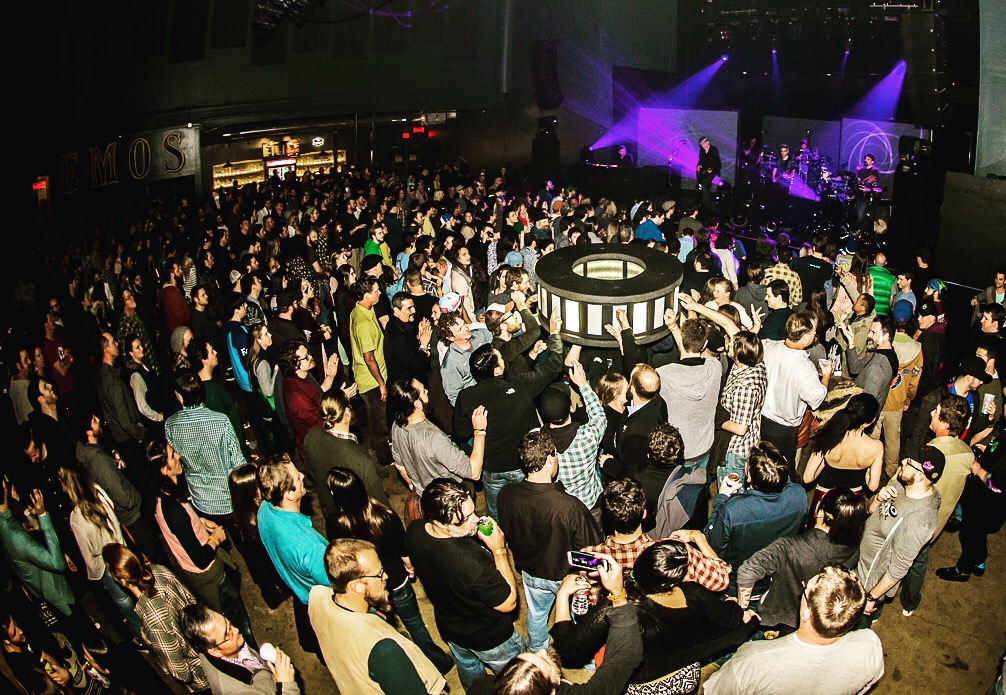
“The interactive part of things is that I wanted to be able to say that people came to the show and they didn’t realize they’d be able to play the band—not even just play along with the band but play the band in a certain sense,” he says. “The idea all along was to make it transcend being a novelty and be a deep experience somehow because there’s so many ways that it could just be like a big toy. … It’s just a different experience having this way of including the audience, that doesn’t usually happen. I feel really happy, I wanted to be an inventor when I was little so I get to do a little of that. That we could open up and break down the lines between audience and band, it’s a good feeling but it’s a different kind of feeling. Like an intense jam. Or even like a simple song that happens to be sounding good.”
One of the important aspects of the REEL project was quantizing all of the audience-generated MIDI notes to synchronize with the band. To accomplish this, Loudon Stearns created a small Max for Live device that quantizes MIDI notes in real-time. As he says, it turns out that this is a really fun and useful device even outside of the REEL project! The video below gives step-by-step instructions on how to create the device.

